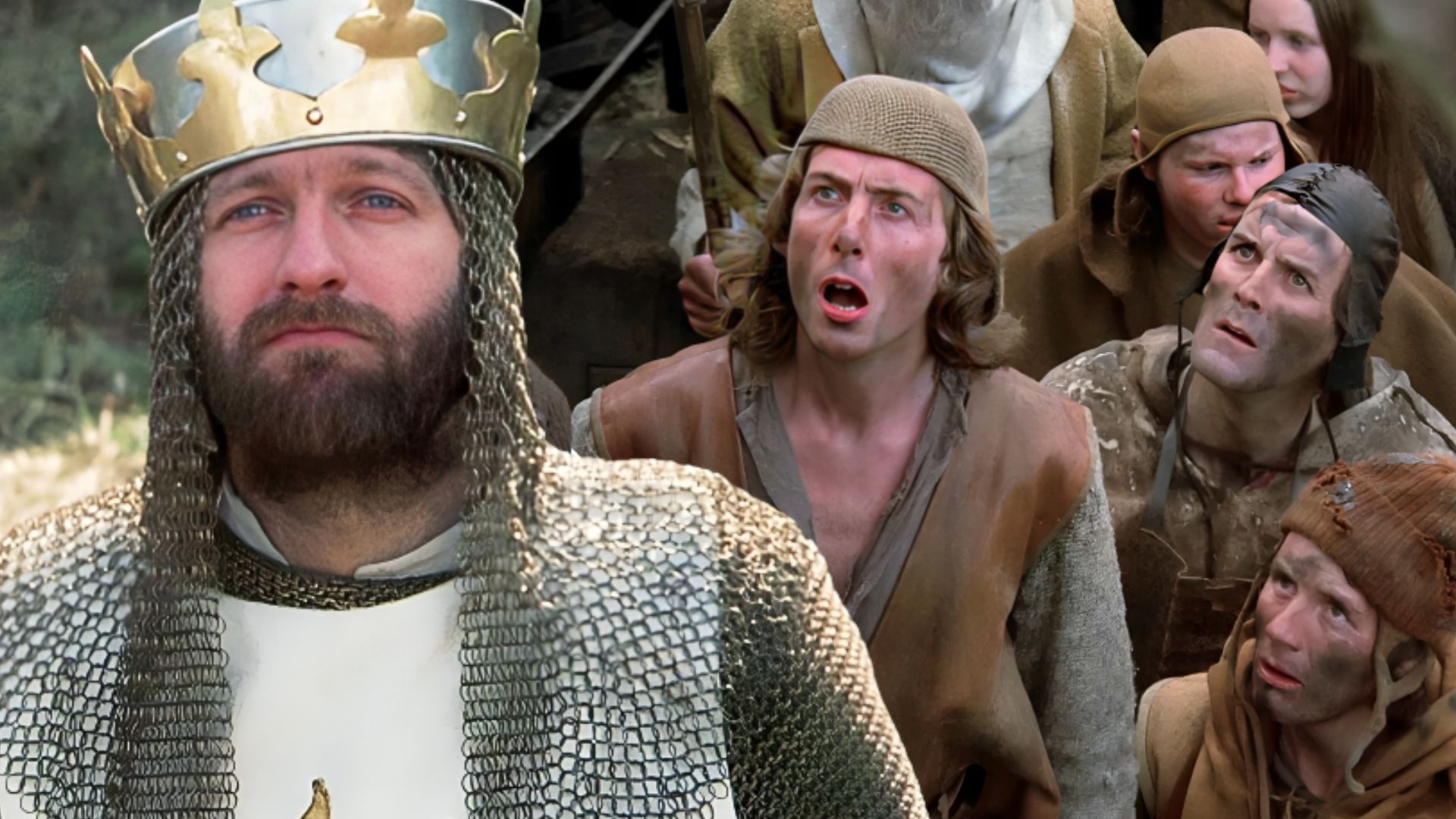
1975 marks the year when six British humorists unveiled a film titled “Monty Python and the Holy Grail” that would revolutionize comedy. This off-kilter adaptation of the Arthurian saga challenged traditional filmmaking norms and comedic conventions. With minimal resources such as coconut shells, cardboard crowns, and a sharp sense of humor, the Monty Python team — comprising John Cleese, Terry Gilliam, Eric Idle, Terry Jones, Michael Palin, and Graham Chapman — transformed a meager budget into a timeless cinematic masterpiece.
50 years on, the movie’s impact is undeniable. It playfully depicted medieval eras, challenging fantasy-adventure storytelling conventions, often breaking the fourth wall, and wrapping up in an unforeseen twist. Its memorable phrases like “just a flesh wound!” have seeped into popular culture. The film, directed by Terry Jones and Terry Gilliam, pioneered a comedic style that many subsequent filmmakers and humorists still emulate.
Resourceful Filmmaking at Its Best
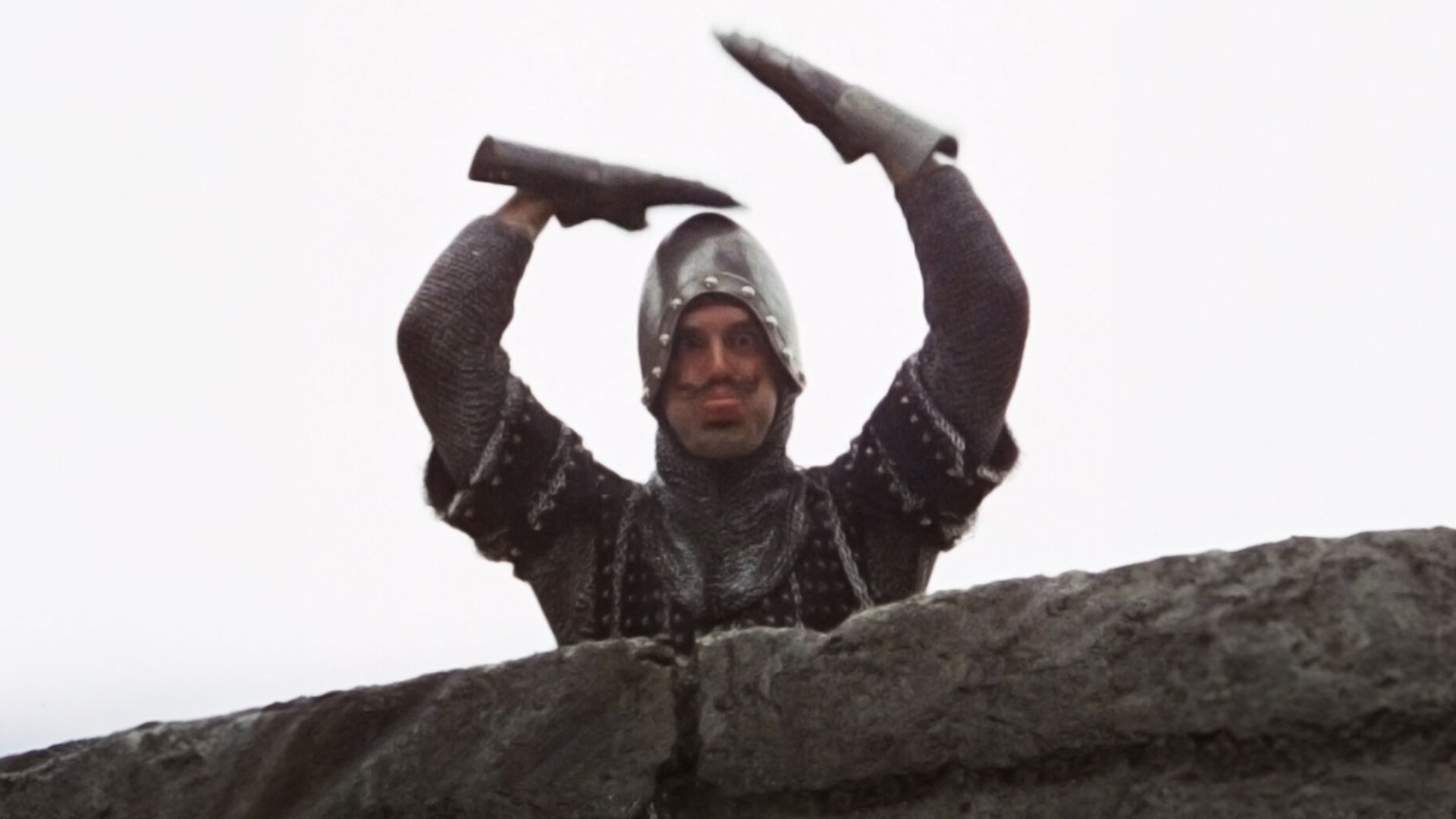
The unique humor of “Holy Grail” was born in Britain during the late 1960s, when the Monty Python team came together to create their sketch comedy show “Monty Python’s Flying Circus,” which aired on BBC from 1969 to 1974. This show captivated audiences with its offbeat humor, free-flowing storytelling, and disregard for conventional jokes. However, the team’s first full-length film didn’t come without challenges.
Since the BBC didn’t provide financing for the movie, the comedians managed to secure funding with a bit of assistance from their influential friends, including members of the bands Pink Floyd and Led Zeppelin. Despite the financial limitations, this constraint unexpectedly turned out to be a creative advantage. With an estimated budget of around £229,000, the team adopted resourceful creative methods, such as using coconut shells instead of horses for certain scenes which eventually became a humorous recurring theme. They also reused costumes and had background actors play multiple roles to save money. Filming in Scotland provided an authentic medieval backdrop but also presented difficult working conditions, with the team frequently shooting amidst the unpredictable Celtic weather consisting of rain and vast muddy areas.
An Adventure of Lunacy for King Arthur
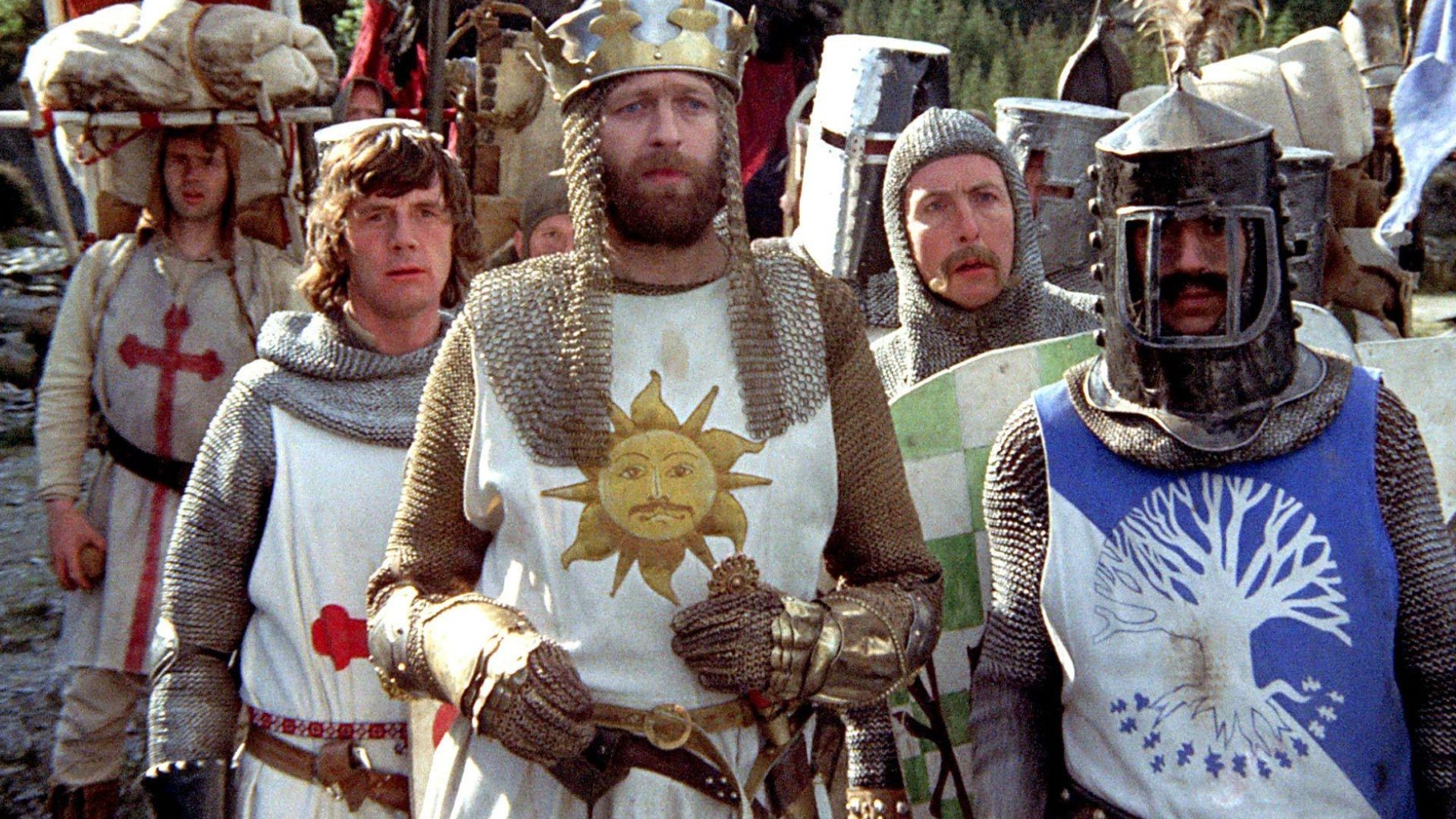
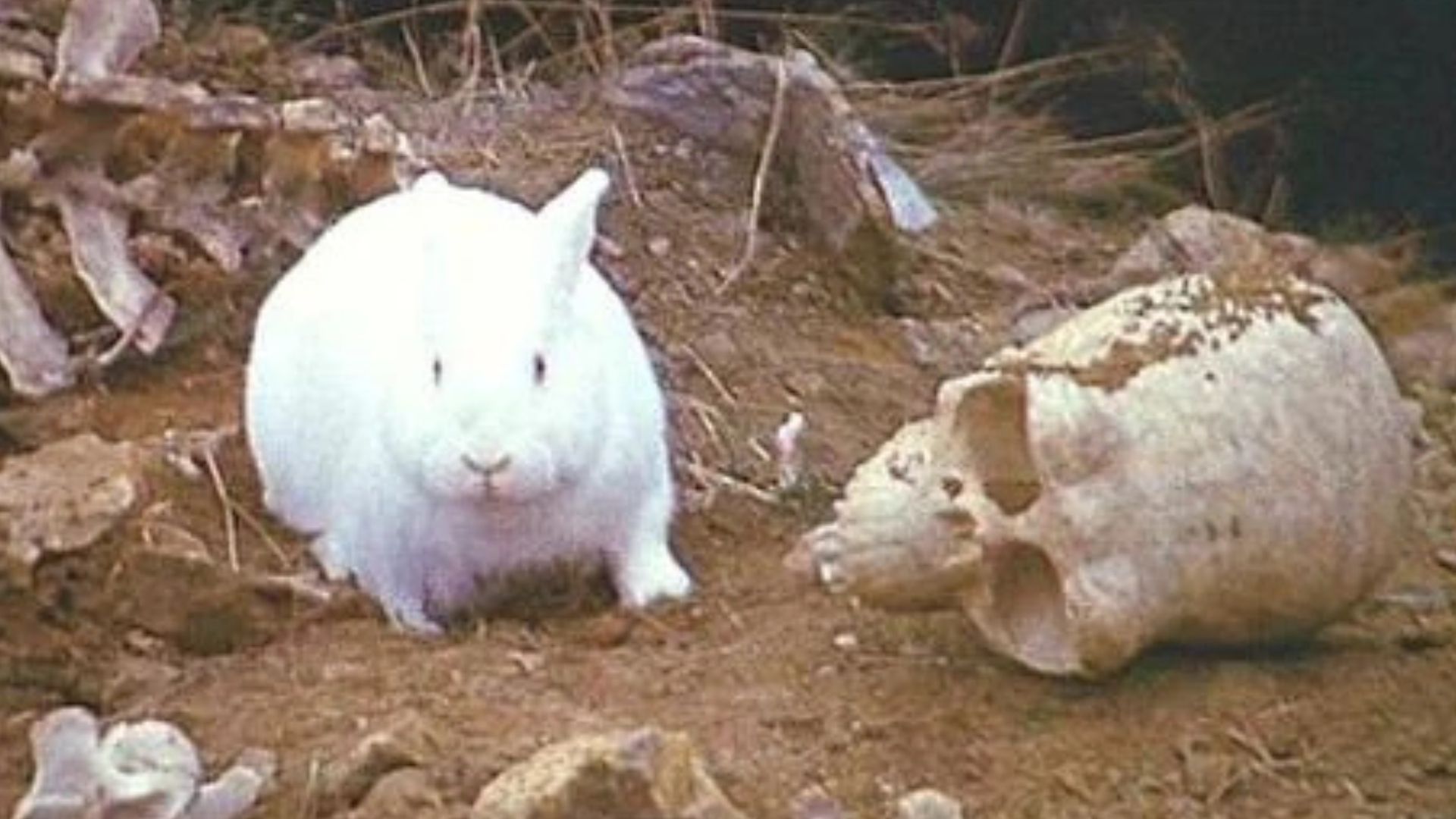
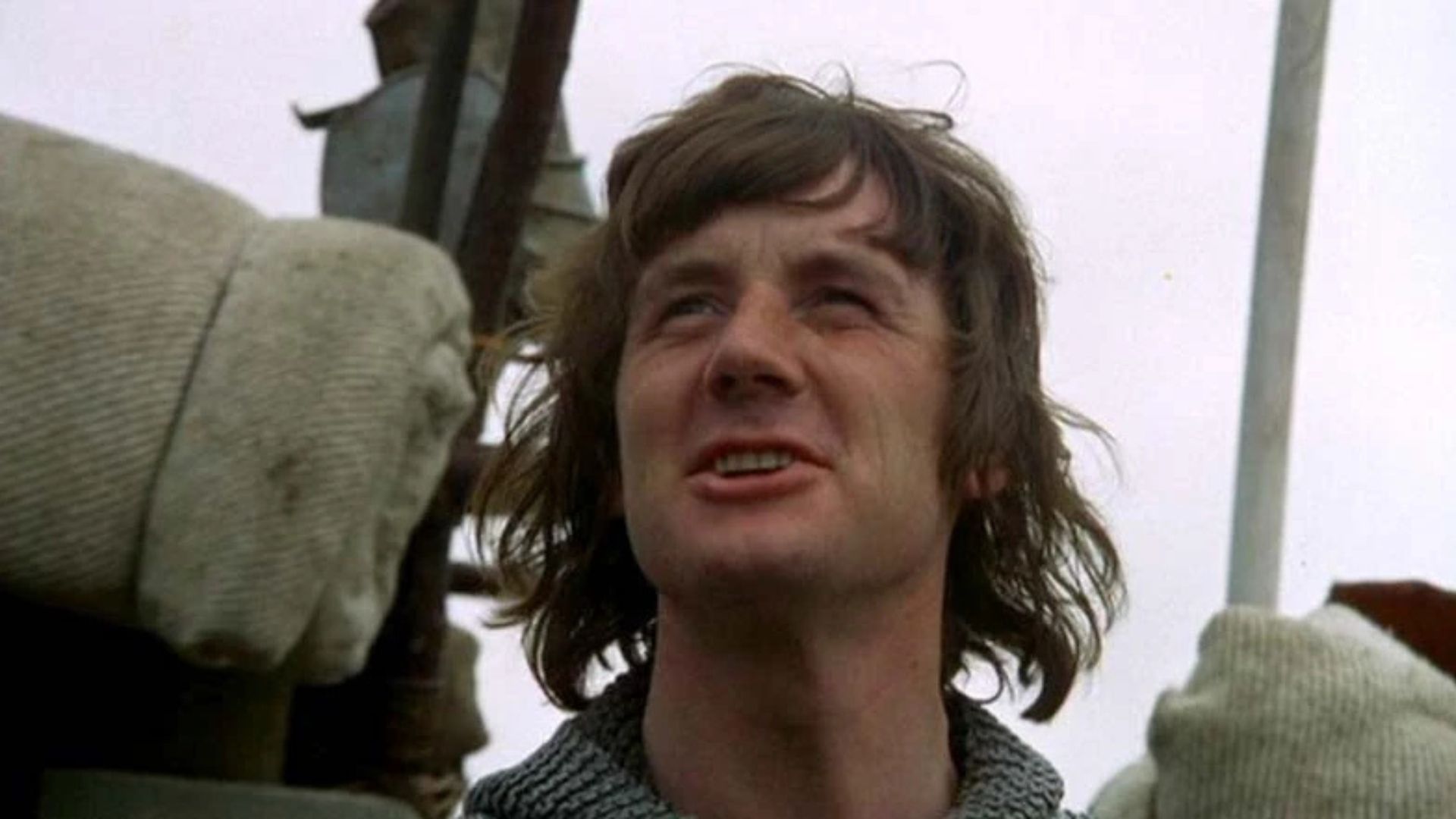

Steering clear of traditional storytelling methods, the movie Monty Python and the Holy Grail reimagined the ancient Arthurian tales using satire, contemporary bureaucracy, and social commentary as a backdrop. The narrative unfolds with King Arthur (Graham Chapman) and his knights embarking on a journey to locate the legendary Holy Grail, encountering numerous unforeseen obstacles throughout their adventure. Notably, King Arthur encounters the Black Knight (John Cleese), who persists in fighting despite having his arms and legs severed by Arthur – a scene immortalized by the line, “It’s just a scratch.” Additionally, Arthur and Sir Bedevere (Terry Jones) come across peasants embroiled in political strife who challenge Arthur’s claim to the throne – a destitute woman declares, “I didn’t vote for you.
The journey culminates in encountering the Knights who cry “Ni!” (led by Michael Palin), who taunt Arthur by shouting an absurd word and insisting on a bush. In another adventure, Sir Lancelot the Valiant (John Cleese) dashes into a castle to save what he believes is a maiden, but instead finds a prince unwilling to wed. Later, the knights confront a seemingly harmless white rabbit that proves lethal, and they are challenged by a strange guard (Terry Gilliam) at the Bridge of Death to answer three riddles. Instead of culminating in finding the Grail, the tale concludes abruptly when modern law enforcement officers arrive, arrest everyone, and bring the medieval narrative to a halt in the present day.
The ‘Holy Grail’ of a Peculiar Style of Humor
After its debut, the movie garnered a mix of opinions from critics. While The San Francisco Examiner found it “hilariously enjoyable,” The Observer criticized it as having “forced silliness, witty dialogue, and TV-style humor that hung lifelessly on the cinema screen, lacking the needed wind to be revived.” Despite this, not everyone’s cup of tea, the film gradually gained favor among audiences through late-night screenings at campuses.
Over a span of five decades, the impact of “Monty Python and the Holy Grail” is evident through merchandise, action figures, video games, and most prominently, the Tony Award-winning Broadway musical, “Spamalot”. Scholars analyze this film for its satirical reinterpretation of medieval legends and cinematic tropes. It has also resurfaced online, where scenes and quotes have become memes, exposing the Python’s unique humor to younger audiences who weren’t alive when the movie first came out. Whether you enjoy it or not, traces of “Monty Python and the Holy Grail” can be found in other comedies that you might recognize.
A Piece of Cinematic History, 50 Years Later
Following the release of Holy Grail, the Monty Python team produced Life of Brian in 1979, a film that took a satirical approach to religious extremism and stirred controversy. Their last cinematic endeavor was The Meaning of Life in 1983, which reverted back to the format of sketches. Individually, they thrived in writing, directing, and acting, only to reunite later for live performances such as the 2014 “Monty Python Live (Mostly)” at London’s O2 Arena.
The influence of ‘Monty Python and the Holy Grail’ can be seen in contemporary media, with series such as ‘The Simpsons’ and ‘South Park’, along with filmmakers like Edgar Wright and Taika Waititi, acknowledging the group as significant sources of inspiration. This iconic work was a trailblazer for techniques now commonplace in comedy, employing self-referential humor, intentional disruptions to traditional narratives, and seamlessly blending intellectual cleverness with physical humor. Beneath its apparent absurdity, like the sound of knights hitting coconuts, lies a sophisticated critique on themes such as social class, power dynamics, and narrative conventions.
Modern audiences often find “Monty Python and the Holy Grail” not just as an old classic but as a surprisingly contemporary and boundary-breaking production, even 50 years after its initial release. You can now stream this timeless comedy for free on Pluto TV, The Roku Channel, or Tubi through the link provided below: [Link]
Watch on Tubi
Read More
- Who Is Harley Wallace? The Heartbreaking Truth Behind Bring Her Back’s Dedication
- Basketball Zero Boombox & Music ID Codes – Roblox
- 50 Ankle Break & Score Sound ID Codes for Basketball Zero
- TikToker goes viral with world’s “most expensive” 24k gold Labubu
- Revisiting Peter Jackson’s Epic Monster Masterpiece: King Kong’s Lasting Impact on Cinema
- 100 Most-Watched TV Series of 2024-25 Across Streaming, Broadcast and Cable: ‘Squid Game’ Leads This Season’s Rankers
- 50 Goal Sound ID Codes for Blue Lock Rivals
- How to watch the South Park Donald Trump PSA free online
- League of Legends MSI 2025: Full schedule, qualified teams & more
- KFC launches “Kentucky Fried Comeback” with free chicken and new menu item
2025-04-25 00:02